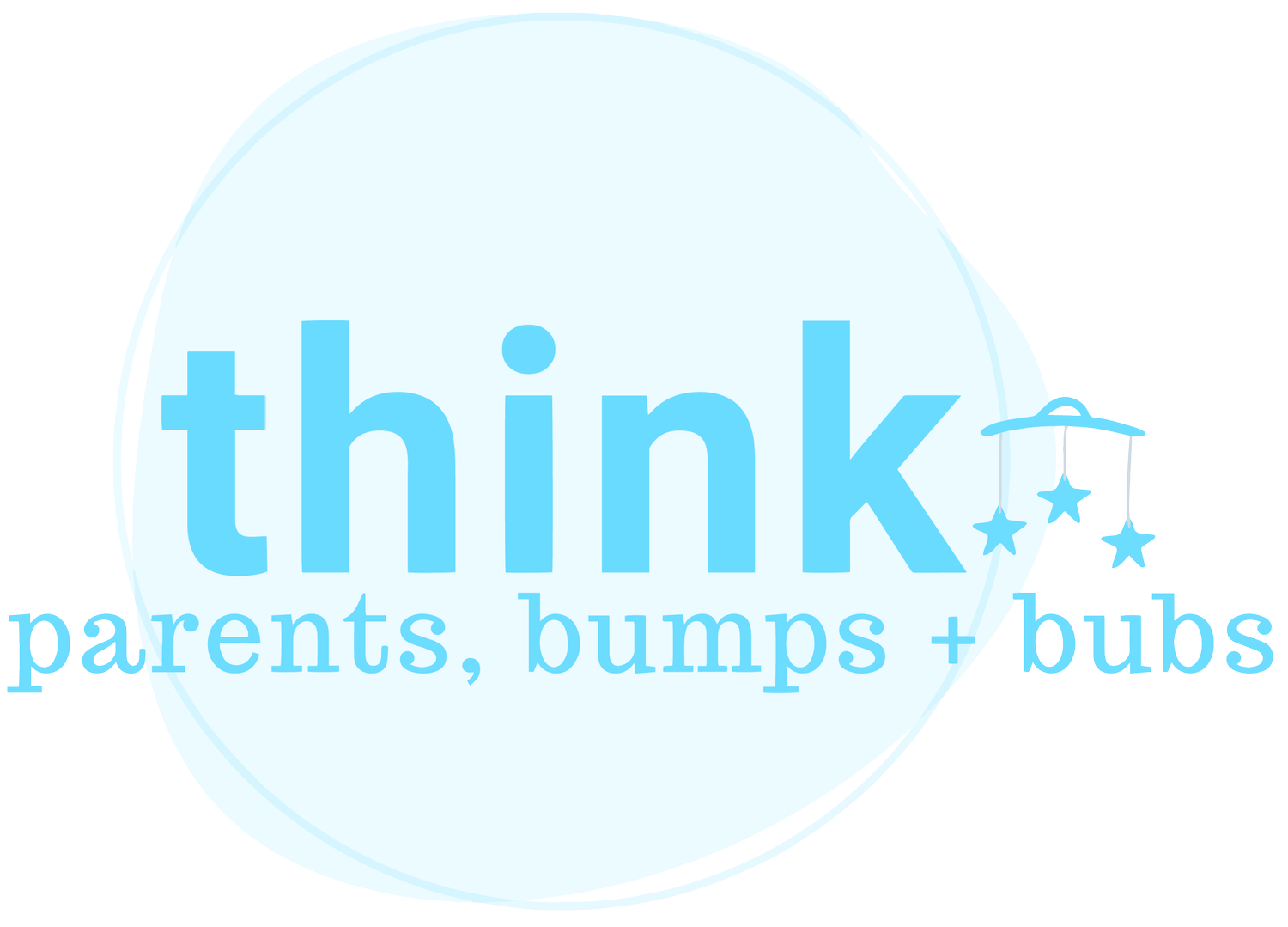Managing Bottle Refusal
Managing Bottle Refusal
Bottle refusal can be stressful. Sometimes giving a bottle can represent some time to yourself, going back to work, managing low supply, or being able to wean from breastfeeding when you’re ready, so when you offer your baby a bottle and they refuse it, you can start to panic. Some babies will take to a bottle instantly, and some will get very distressed when you poke the rubber teat anywhere near their mouth. Here are our tips for managing bottle refusal.
Take A Big, Deep Breath
It’s so easy to get caught up in the here and now when you have a baby, but usually, their tricky phases don’t last as long as you think they will. The large majority of babies will take a bottle eventually. In the not so distant future, you very well might be dealing with how to get your baby off the bottle. They’re learning a new skill and they don’t like it, and can only tell you this by crying and arching their back, but don’t worry, chances are they will get there soon.
Don’t Force It
You want the experience of trying the bottle to be as low pressure as possible. Hard to do when you’re returning to work shortly, but the more you push the more bub will resist.
Bottle Play Before Bottle Feed
Build a positive association with the bottle first. Let bub play with the teat and explore the taste, feel and smell of the rubber. Then let them play with an empty bottle. You could then just dip the teat into some breastmilk or formula to build a non threatening association with the teat and milk. Eventually you can put small amounts of milk in the bottle and let your baby explore and play with that. Once they’re familiar with the bottle and see it as a positive thing, you’ll have more luck getting them to drink from it.
Check Your Teat
Try different types of teats to see what your bub likes the best, but you don’t need to spend loads of money on expensive teats or bottles that promise to mimic a breast. A narrow neck teat with a slow flow from your local chemist is a good place to start, and see what happens from there as you begin to experiment.
Have Someone Else Try
Babies attach to us through their senses, and breastfeeding is a very sensory experience. The smell of milk, the smell of mum, the way mum holds their body when they feed them, the sound of mum’s voice – they associate mum with breastfeeding and so when mum offers a feed, that’s what bub is expecting. It might be less confusing for them if someone other than the breastfeeding mum offers the bottle.
Try Different Feeding Positions
We’re often inclined to bottle feed in the same position as we breastfeed, but this might be part of bubs confusion. Face bub outwards on your lap, walk around with them in your arms, go outside, try all and any different position so long as they’re safe for feeding. The distractions might help too if bub tends to get upset when the bottle is offered.
Don’t Over Complicate Sterilising
We are all about lightening the load at Parents, Bubs and Bubs. If you spend time unnecessarily on milk prep, it will feel harder when bub refuses what you offer them. If you’re pumping and feeding bub expressed breastmilk, you don’t need to sterilise your pumping equipment or bottles if you have a healthy, term baby. You need to give everything a good clean once every 24 hours, and can pop unrinsed equipment in a clean, closed container in the fridge between pumps if you’re pumping multiple times a day. If you’re using formula you’ll need to sterilise the bottles once every 24 hours, not after every feed.
Practice With Small Amounts
Once bub has had a sip of that bottle which they go on to reject, you need to tip it down the drain. Formula is expensive and pumping takes time. By using smaller amounts of formula or expressed breastmilk, you’ll be less invested in bub taking it, and it will be easier for you to offer with no pressure. After a pump, freeze in 10ml portions. Equally, if you’ve given bub half a scoop of formula, you’ll be less frustrated when you tip it down the sink.
Try When Bub Isn’t Really Hungry
“When they’re hungry, they’ll eat”. Well, maybe not. When bub is hungry they might have less capacity to tolerate the new skill of getting milk out and get distressed easier. Offer the bottle between feeds or when bub shows early signs of hunger. Experiment with different times to see what works best for your little one.
Get Creative
If bub is over 6 months, you might not need to give them as many bottles as you think, depending on how they’re going with solids. Whether you’re using breastmilk or formula, you can incorporate this into their diet in lots of ways. Smoothies, adding some gelatin to make milk gummies, adding it to their food and offering in from a sippy cup are all ways you can get the breastmilk or formula into them without a bottle.
Paced Bottle Feeding
Try paced bottle feeding so bub can control how much milk they take. When breastfeeding, they’re in control, whereas bottles are sort of stuck in bubs mouth and they can’t do much about it. There’s plenty of YouTube videos on paced bottle feeding techniques on the web.
If you’ve given these a go, and bub is still refusing the bottle, our lactation consultants are here to help. We offer consultations in our practice, as well as home visits and telehealth.
Our experienced team can discuss your concerns - contact us to learn more.

